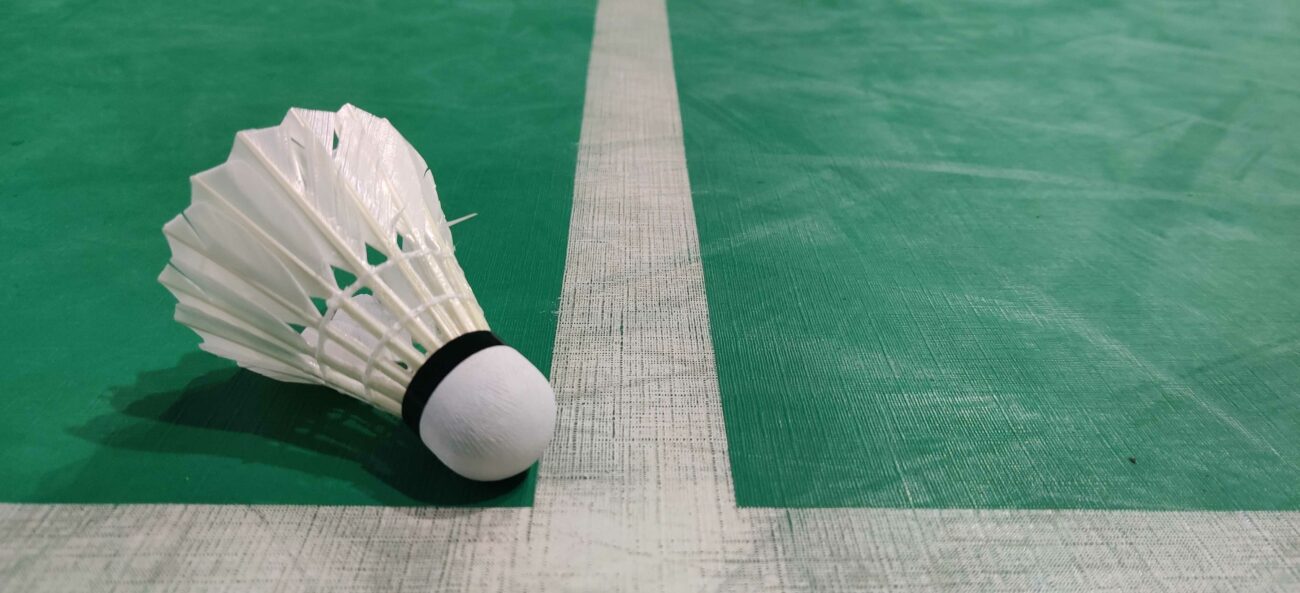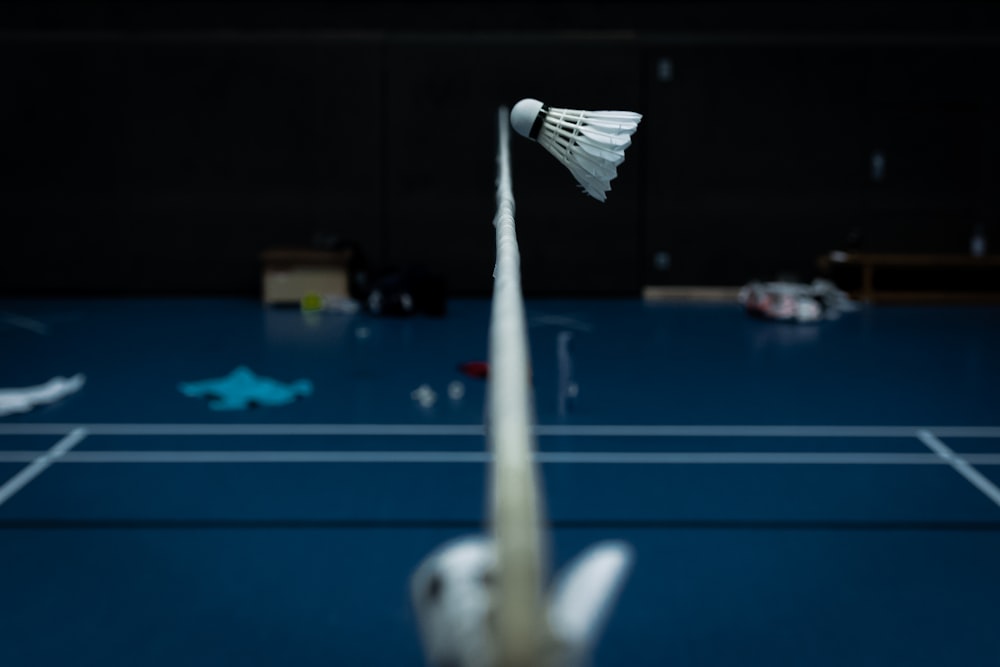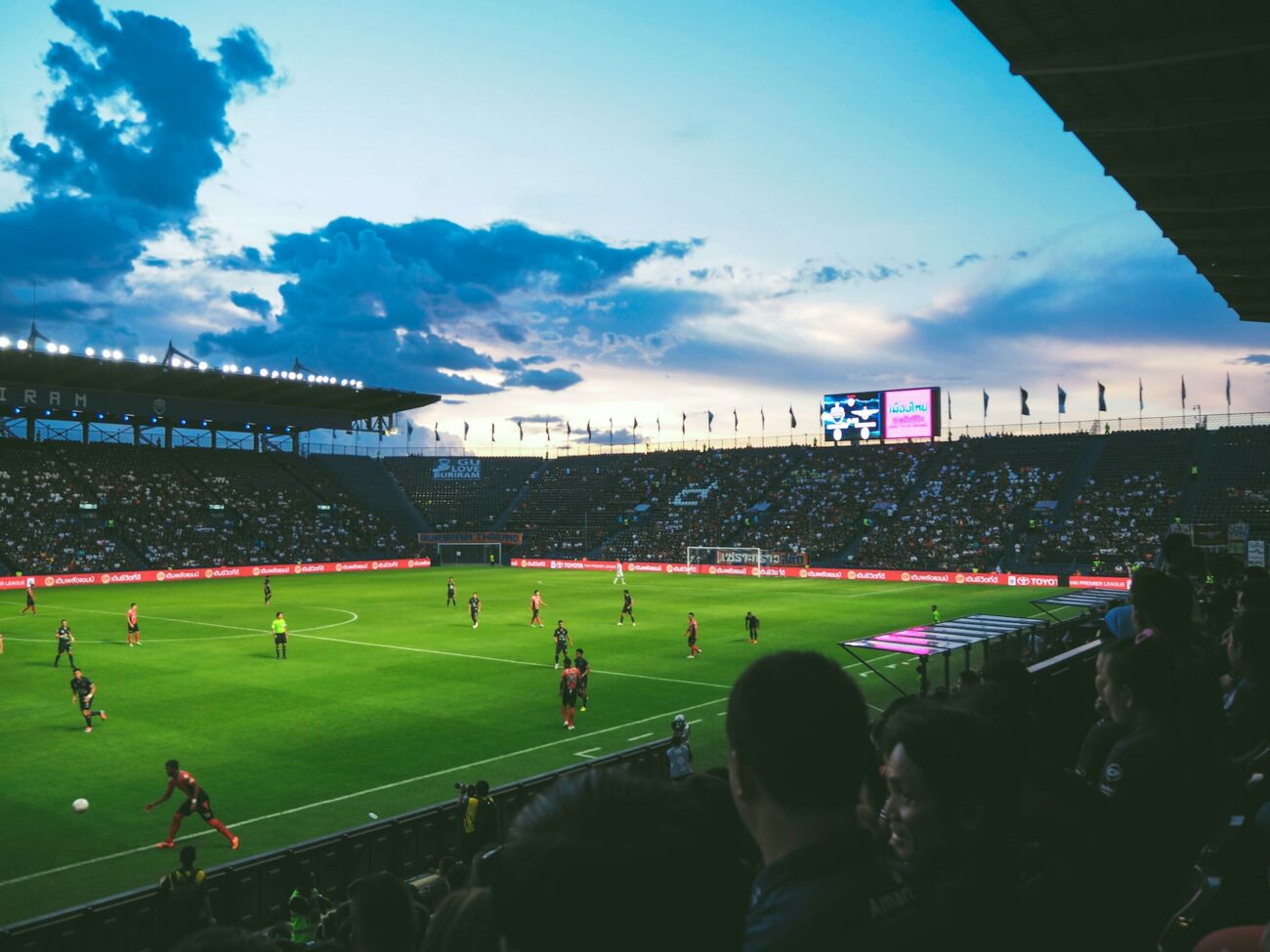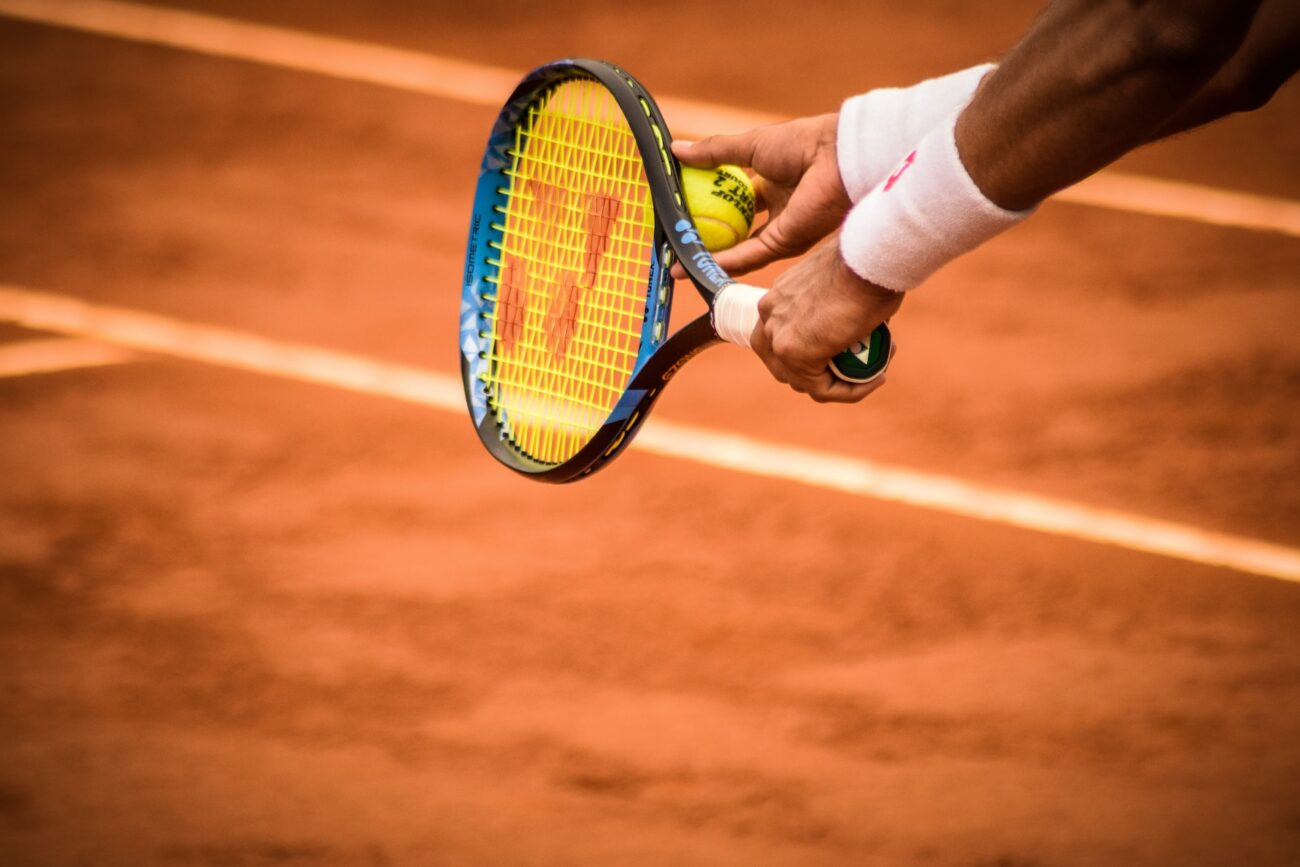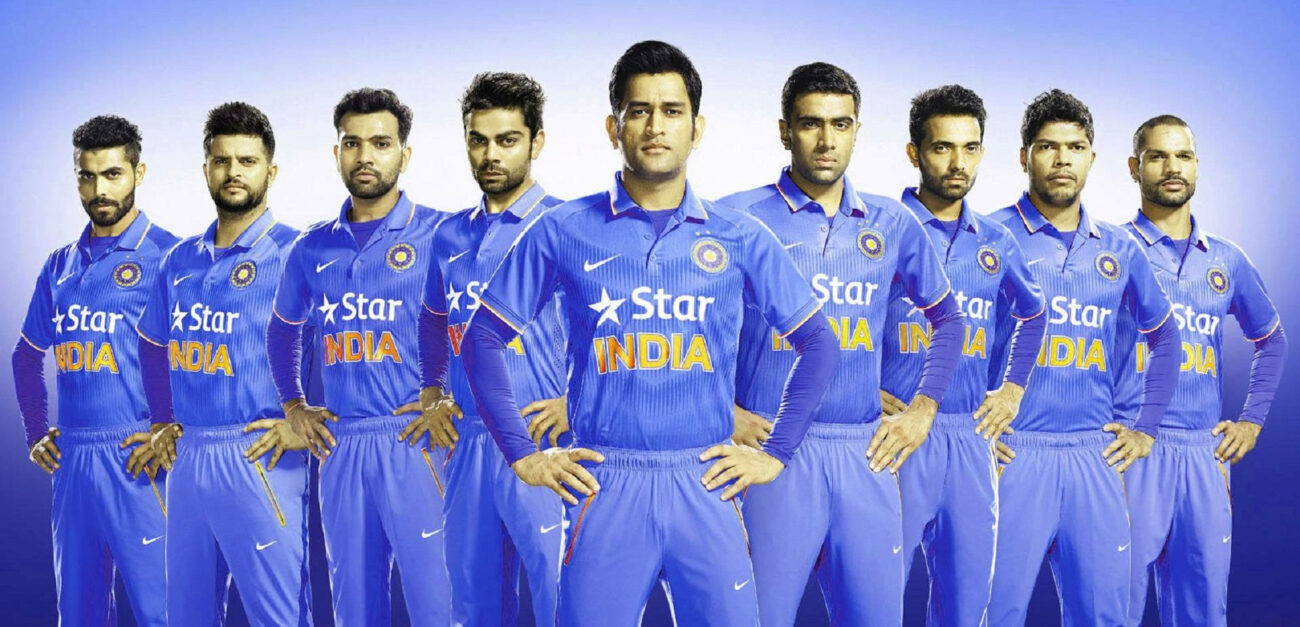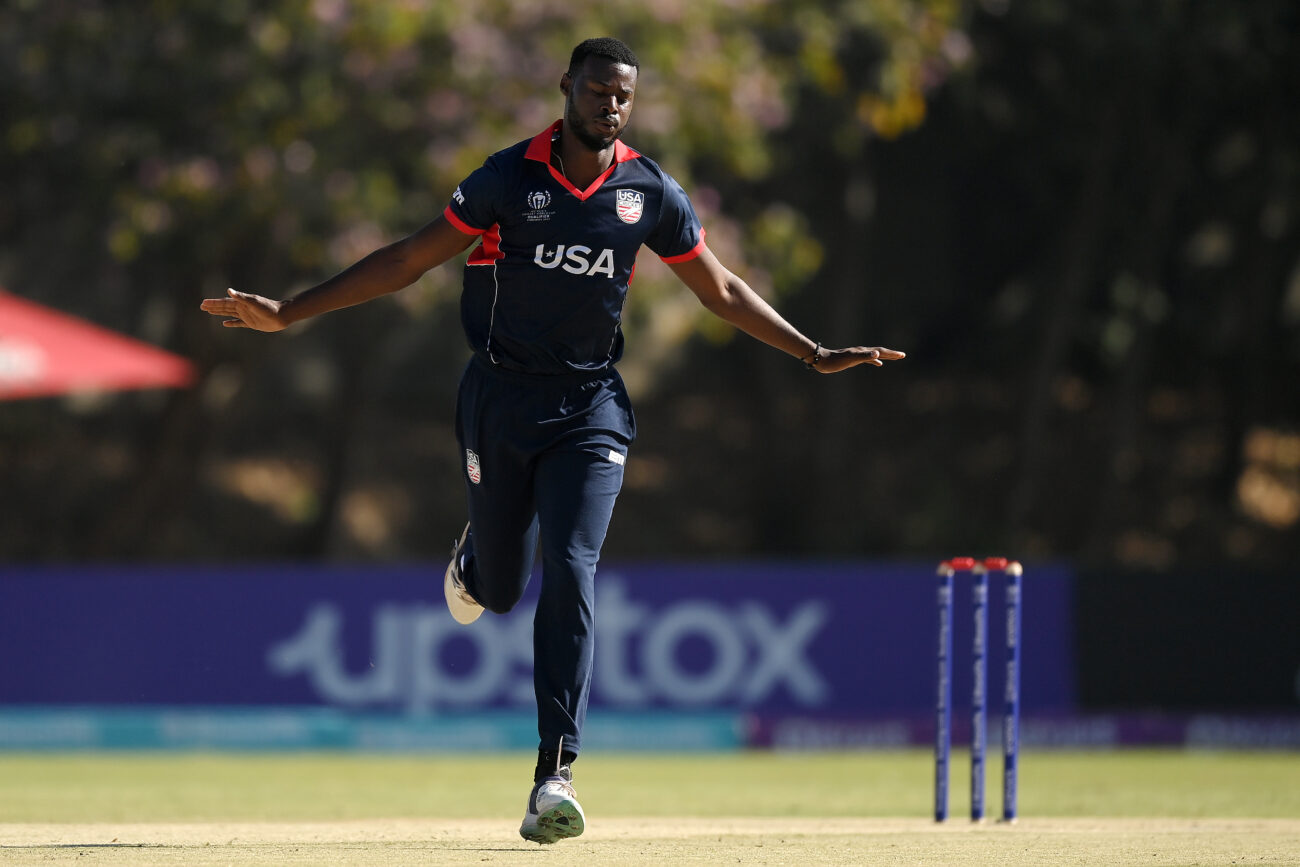A shuttlecock is a key to playing the sport of badminton. The shuttlecock is a cone-shaped cork base covered with sixteen feathers arranged in a circular pattern. The making of a shuttlecock is a complex process that requires precision and skill. The feathers are usually goose or duck feathers, and they are carefully selected for their length, shape, and quality. In this article, we will take a closer look at the making of a shuttlecock.
How is a badminton shuttlecock made?
To make a shuttlecock, the first step is to prepare the cork base. High-quality cork from Portugal, Spain, or Italy is typically used. The cork is cut into small, circular disks from cylindrical pieces. The disks are compressed into a cone shape using a hydraulic press. Finally, the cones are shaped to the correct size and shape using a lathe. The quality of the cork is essential, as it forms the foundation of the shuttlecock.
After preparing the cork base, the next step is to attach the feathers to it. The feathers used are typically from the left wing of a goose and are chosen for their size, shape, and quality. Once selected, the feathers are washed, dried, and sorted into batches. This ensures that each shuttlecock is made with feathers that are consistent in size and shape, resulting in a balanced and symmetrical shuttlecock.
The next step is to use a special adhesive to attach the feathers to the cork base. This adhesive is made by mixing water, glue, and cork powder from the same cork used in the base. A thin layer of adhesive is applied to the base, and the feathers are arranged in a circular pattern around it. The feathers are attached to the base using a machine that applies pressure to make sure they are firmly secured. This ensures that the shuttlecock is well-balanced and has consistent flight characteristics.
After attaching the feathers, the shuttlecock is shaped and smoothed using a lathe. It is then dipped in a special coating made from a mixture of water, glue, and titanium dioxide. This coating gives the shuttlecock its characteristic white color. The shuttlecock is dipped in the coating several times to ensure that it is evenly distributed. This coating also protects the feathers from moisture and wear, making the shuttlecock more durable.
Once the coating has dried, each shuttlecock undergoes quality testing to ensure it meets strict standards for weight, shape, and flight characteristics. The shuttlecock is hit several times with a racket to check its flight trajectory. Only the shuttlecocks that pass these quality tests are packaged and sent out for sale. This ensures that every shuttlecock used in a game of badminton meets the required standards and provides a fair playing experience for all players.
After passing the quality test, the shuttlecock is packaged and shipped to badminton players and enthusiasts worldwide. The packaging usually consists of a tube made of cardboard or plastic to protect the shuttlecock during transportation. This packaging ensures that the shuttlecock arrives at its destination undamaged and ready to use.
Making a shuttlecock for badminton is not an easy task. It requires skill and accuracy. The process involves choosing the right cork and feathers and applying the adhesive and coating. The shuttlecock must pass various quality tests, including weight and flight characteristics before being packaged and sent out for use. The creation of a shuttlecock showcases the commitment and ability of those involved and is a critical aspect of the beloved sport of badminton.
What aspects to consider while making a Shuttlecock?
Goose feathers are the most commonly used material for making shuttlecocks. However, shuttlecocks can also be made from synthetic or duck feathers. Goose feathers are popular because they are strong, light, and offer excellent flight properties. The feathers are also sorted and categorized based on their size, shape, and stiffness to ensure that the shuttlecock can fly properly.
It is worth noting that the manufacturing process of the adhesive used to attach the feathers to the cork base is quite fascinating. To produce the adhesive, cork is first ground into a fine powder, which is then mixed with water and glue. The mixture is then heated and stirred until it reaches the correct consistency. Afterward, the adhesive is applied to the cork base using a machine to ensure that the feathers are attached evenly and securely. This careful process helps to ensure that the shuttlecock meets the high standards required for use in the sport of badminton.
Moreover, the coating applied to the shuttlecock plays a vital role in protecting and enhancing its overall performance. The coating not only provides the shuttlecock with its distinctive appearance but also helps to safeguard the feathers against humidity and enhances its durability. The addition of titanium dioxide to the coating also improves the visibility of the shuttlecock on the court, which is essential for players to follow the shuttlecock during a match.
The production of shuttlecocks is a specialized industry that is concentrated in China and Taiwan, where the majority of the world’s badminton equipment is manufactured. These manufacturers utilize advanced machinery and processes to enable high-volume production while ensuring strict quality control standards.
The making of a shuttlecock is a fascinating process that involves a combination of traditional craftsmanship and modern manufacturing techniques. The attention to detail and precision required to produce a high-quality shuttlecock is a testament to the skill and dedication of those involved in its production.
Where are the best Shuttlecocks made?
China and Taiwan are the leading manufacturers of shuttlecocks in the world, and they are highly reputed for their expertise in producing high-quality badminton equipment. Several prominent brands like Yonex, Victor, and Li-Ning, among others, manufacture their shuttlecocks in these countries.
Guangzhou, China is a major hub for the badminton industry, with numerous manufacturers and suppliers located in the area. The city is home to the annual China Open international badminton tournament, which draws top players from across the globe.
Taiwan has also established itself as a major player in the shuttlecock industry, with companies such as AeroFlight and Shuttlesport based on the island. These manufacturers have earned a reputation for producing high-quality shuttlecocks, with a focus on precision and attention to detail in the manufacturing process. Taiwanese shuttlecock manufacturers are known for their use of advanced technology and machinery, as well as their commitment to meeting international quality standards.
Although China and Taiwan dominate the shuttlecock manufacturing industry, there are also smaller manufacturers located in other parts of the world. Shuttlecocks are produced in countries such as India, Thailand, and Indonesia, among others. However, these manufacturers may not have the same level of production capacity or reputation for quality as those based in China and Taiwan.
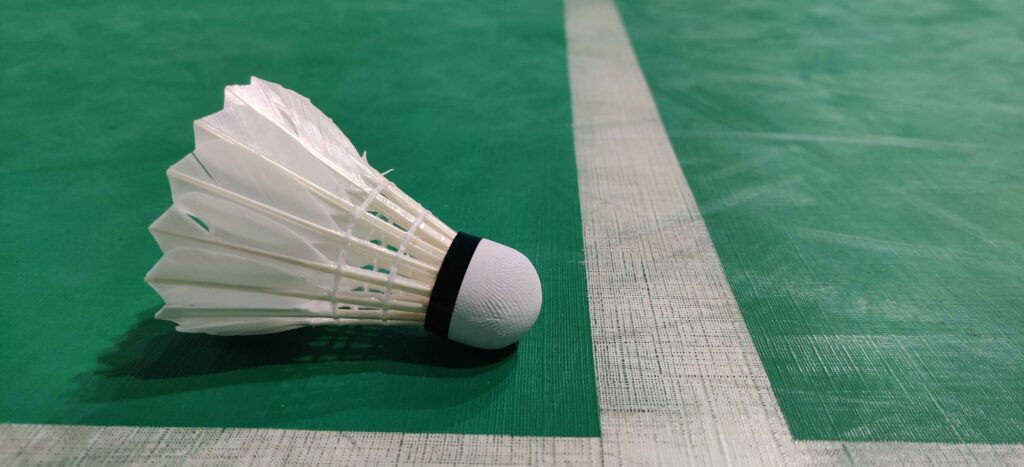
The best brands for Badminton Shuttlecock
There are several well-known and respected shuttlecock companies in the market, including Yonex, Victor, Li-Ning, and Aeroplane. These companies have built a reputation for producing high-quality shuttlecocks that are widely used by professional players and amateurs alike.
Yonex, a renowned Japanese company, is one of the leading and most recognized brands in the badminton industry. They are known for producing shuttlecocks with outstanding flight stability and durability. Victor, a Taiwanese company, is also highly respected for its shuttlecocks, which are known for their consistency and accuracy. Li-Ning, another reputable Chinese brand, produces shuttlecocks that are highly rated for their flight characteristics and durability.
Aeroplane, a shuttlecock manufacturer based in Taiwan, is also recognized as one of the best in the industry. The company is known for its shuttlecocks’ consistent flight performance and durability, achieved through the use of high-quality materials and rigorous quality control measures.

